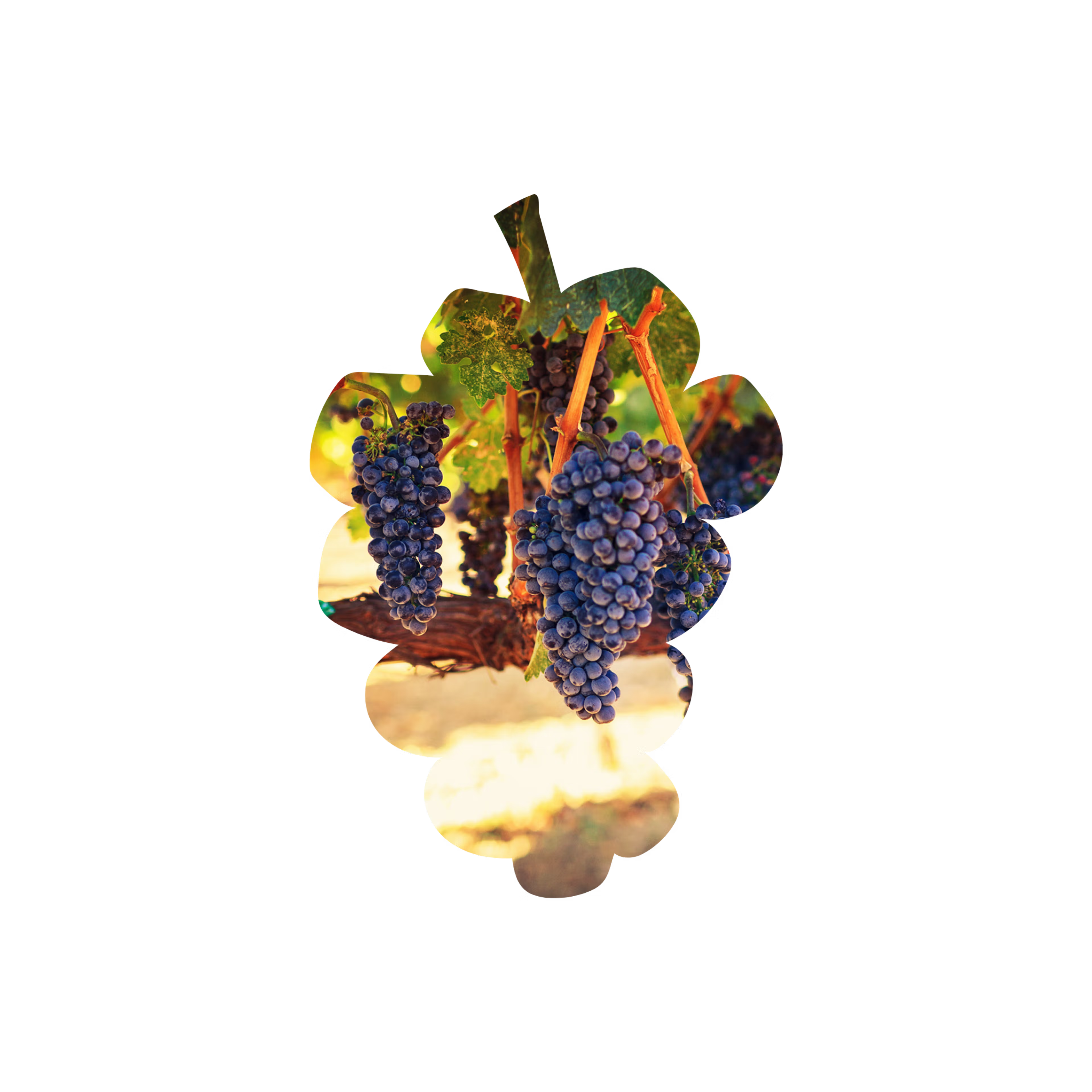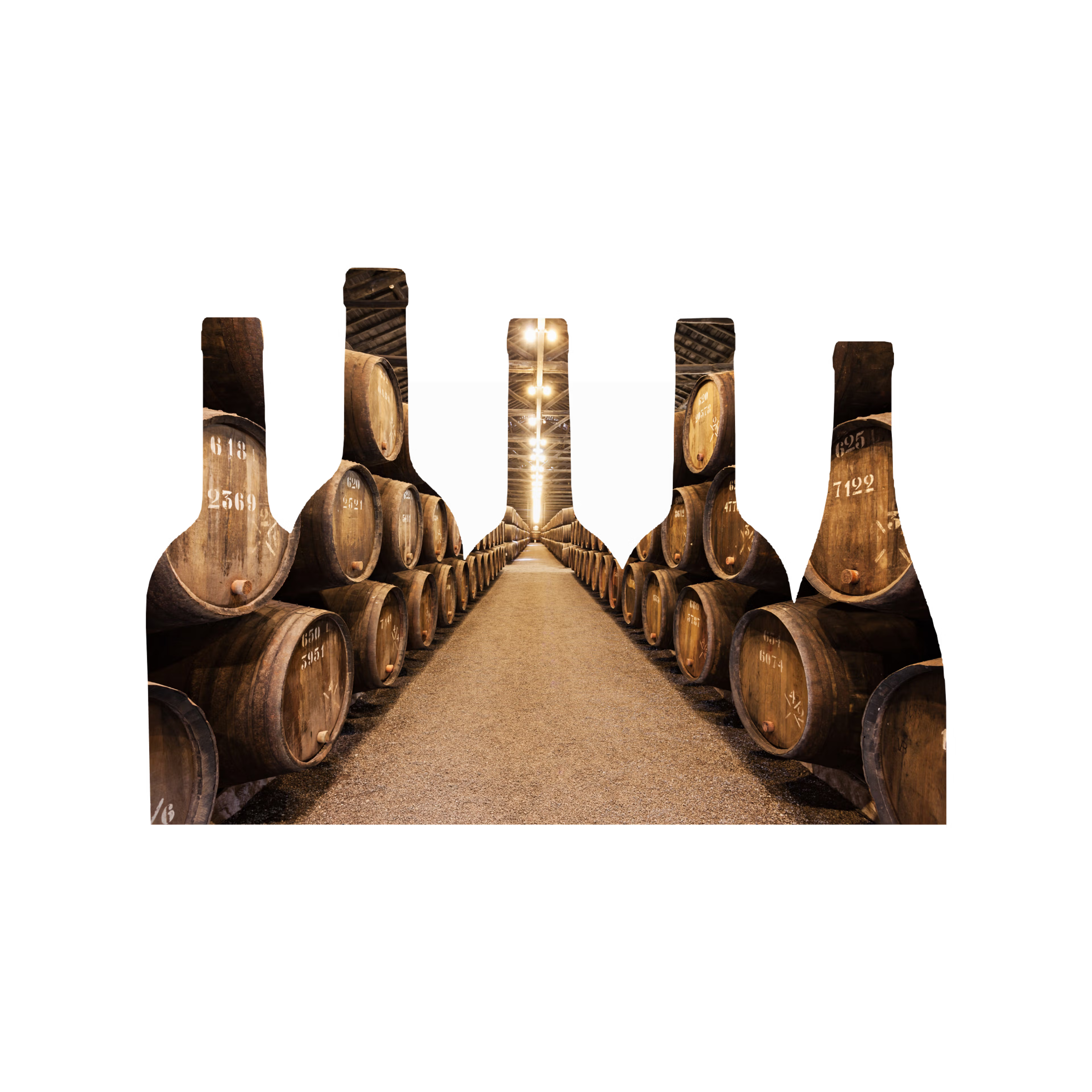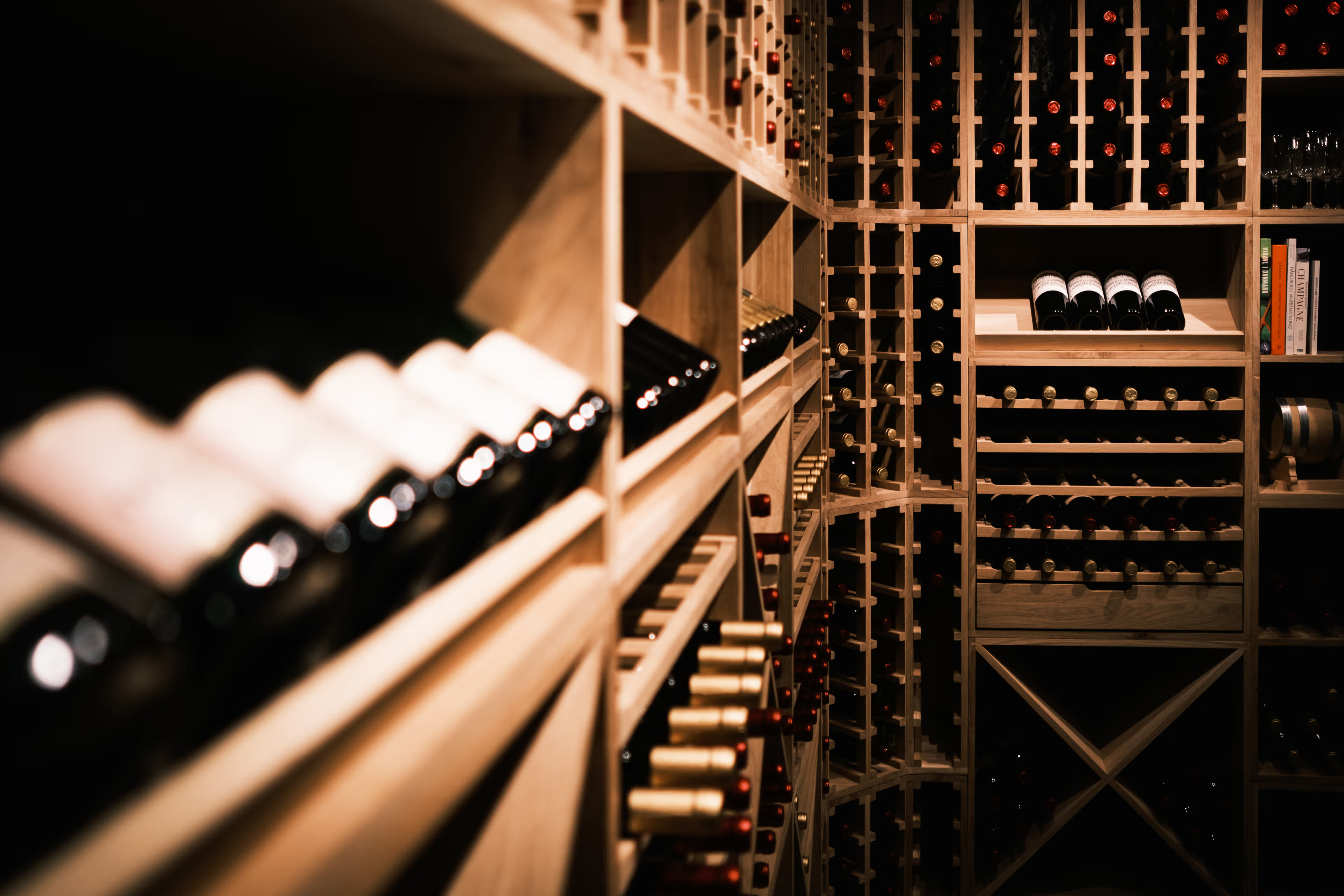

Priorat: Spain’s Hidden Gem of Bold Reds
From steep slate hills to intense reds, uncover Priorat’s unique terroir and its bold, full-bodied wines.
In Priorat, the mountain whispers to the vine, and the vine responds with wine that speaks to the soul.
- Traditional Spanish Proverb
The Power and Intensity of Priorat Wines
Located in the rugged hills of Catalonia, Priorat is one of Spain's most prestigious wine regions, renowned for its bold, full-bodied red wines. Despite its small size, Priorat has earned international acclaim, particularly for its unique terroir and exceptional wines that reflect both tradition and innovation. The region's steep, slate-covered slopes, known locally as llicorella, provide the perfect environment for the cultivation of the region's signature varieties: Garnacha (Grenache) and Cariñena (Carignan).
Priorat's wines are intense, rich, and structured, often characterized by deep fruit flavors, minerality, and a characteristic earthy quality that comes from the llicorella soils. These wines have the ability to age beautifully, developing even greater complexity as they mature. The region’s long history, combined with its modern winemaking techniques, makes Priorat one of Spain’s most intriguing and highly sought-after wine regions.

Discover the Famous Sub-Regions of Priorat
Llicorella Slopes: The Heart of Priorat’s Unique Terroir
Priorat is defined by its rugged and dramatic landscape, where vineyards are planted on steep slopes made up of llicorella, a slate-based soil that is the key to the region's exceptional wines. The high altitude, combined with the dry Mediterranean climate, allows for long growing seasons, enabling the grapes to ripen slowly and develop complex flavors. While Priorat is a small region, its vineyards are spread across different areas, each contributing to the diversity of the wines produced.
🍇 Vineyards on Steep Slopes – The terrain of Priorat is one of its most distinctive features. The steep hillsides are difficult to farm, but they are precisely what makes Priorat’s terroir so unique. The llicorella soils, rich in minerals, help to produce wines with intense concentration, powerful tannins, and remarkable aging potential.
🍇 Clos Mogador – One of the standout estates in Priorat, Clos Mogador is renowned for its exceptional terroir and its commitment to organic farming. The estate produces wines from old-vine Garnacha and Cariñena, offering complex, bold, and highly sought-after reds. The wines from Clos Mogador are known for their elegance and ability to age gracefully.
🍇 Mas Doix – Known for producing wines that express the unique characteristics of Priorat’s terroir, Mas Doix is a family-owned winery that focuses on producing small-batch wines with great depth and structure. Their old-vine Garnacha and Cariñena wines reflect the rich, mineral-driven qualities of the region, with a balance of power and finesse.

The Grapes Behind the Bold Wines of Priorat
Garnacha and Cariñena: The Heart of Priorat’s Reds
Priorat’s red wines are dominated by two main grape varieties: Garnacha (Grenache) and Cariñena (Carignan). Both grapes have a long history in the region and contribute significantly to the depth, intensity, and complexity of Priorat’s wines.
🍇 Garnacha – Known for producing wines that are rich, full-bodied, and full of fruit, Garnacha is the dominant grape in Priorat. It gives wines deep red fruit flavors, such as raspberry, cherry, and plum, along with notes of herbs, spice, and a slight smokiness from the region's unique terroir. Garnacha is known for its ability to age, and older vines often produce wines with greater concentration and complexity.
🍇 Cariñena – Cariñena adds structure and acidity to the wines of Priorat, balancing the richness of Garnacha. This grape brings dark fruit flavors, such as blackberry and black currant, along with earthy and mineral notes. Cariñena wines are known for their deep color and tannic structure, which allows them to age and develop beautifully over time.

Explore the Notable Producers of Priorat
Álvaro Palacios, Clos Mogador, Mas Doix: Icons of Priorat Winemaking
Ribera del Duero is home to several esteemed wineries that have defined the region’s reputation for producing bold and complex wines. Some of the most renowned producers include Vega Sicilia, Dominio de Pingus, Bodegas Protos, and Emilio Moro. These wineries are known for their commitment to quality and their ability to showcase the best of the region's terroir.
🍇 Vega Sicilia – Founded in the 19th century, Vega Sicilia is arguably the most famous winery in Ribera del Duero. It is renowned for its iconic Tempranillo-based wines, particularly the legendary Unico. The winery’s wines are complex, structured, and known for their immense aging potential. Vega Sicilia is widely regarded as a pioneer in the region, helping to elevate Ribera del Duero’s profile on the global wine stage.
🍇 Dominio de Pingus – Founded by Danish winemaker Peter Sisseck, Dominio de Pingus has become one of the most sought-after wineries in the world. Known for producing wines with a powerful concentration of flavor and exceptional aging potential, Pingus is celebrated for its small production of Tempranillo wines. These wines are intensely aromatic and highly prized by collectors worldwide.
🍇 Bodegas Protos – With a history dating back to 1927, Bodegas Protos is one of the oldest and most recognized producers in Ribera del Duero. Known for its dedication to quality, Protos produces rich, elegant wines that are a perfect expression of the Tempranillo grape. Their wines are a true reflection of the region’s terroir, offering exceptional depth, complexity, and aging potential.
🍇 Emilio Moro – One of the key players in the modern development of Ribera del Duero, Emilio Moro produces wines from family-owned vineyards that showcase the true essence of Tempranillo. The winery’s wines are known for their intensity, balance, and structure, with the Moro family having established themselves as an authority in the region over several generations.
Explore the Famous Vintages of Priorat
Priorat has produced several exceptional vintages that are celebrated for their intensity, structure, and aging potential. These standout years are particularly known for their rich, complex profiles, which have made Priorat wines highly sought after by collectors and connoisseurs alike.
📅 1998 – One of the early standout years for Priorat, 1998 produced wines that were rich, structured, and full of dark fruit flavors. The 1998 vintage was marked by a warm growing season, which contributed to the ripe fruit flavors and robust tannins found in these wines. Many of the wines from this vintage have aged beautifully, revealing a complex, nuanced character as they matured.
📅 2005 – Another exceptional vintage, 2005 brought balanced conditions that allowed the grapes to ripen evenly, resulting in wines with both power and finesse. The wines from this year are known for their complexity, with rich fruit flavors and firm tannins that will continue to develop over time. 2005 is often considered one of the top vintages in Priorat’s history.
📅 2010 – A cooler vintage that resulted in wines with excellent acidity and freshness. The 2010 wines from Priorat are well-structured, with dark fruit flavors and mineral-driven notes from the region’s llicorella soils. This vintage is celebrated for its balance and aging potential, with many wines still improving as they age.
📅 2015 – A warmer year, 2015 produced ripe, concentrated wines with bold fruit flavors and a strong tannic structure. The wines from this vintage are rich and full-bodied, with the depth and power that Priorat is known for. While approachable in their youth, the 2015 wines have the potential to age and develop further complexity with time.
Store Your Priorat Wines at the Perfect Temperature
Explore our wine coolers →
Present Your Priorat Wine Collection with Style
Find your perfect wine rack here →
Ribera del Duero: The Bold Expression of Tempranillo
Ribera del Duero is one of the most iconic wine regions in Spain, known for its bold, structured wines, with Tempranillo as the dominant grape. The region, located along the Duero River in northern Spain, is famous for producing wines that are rich in flavor, deep in color, and capable of aging for decades.
The Influence of Terroir and Climate on Ribera del Duero Wines
The terroir of Ribera del Duero plays a critical role in shaping the bold and complex wines the region is known for. The high-altitude vineyards, combined with extreme temperature variations between day and night, allow for slow ripening of the Tempranillo grape, which in turn produces wines with intense fruit flavors, vibrant acidity, and a strong tannic structure. The region’s harsh winters and hot, dry summers create a unique environment where the grapes thrive.
Ribera del Duero is also home to diverse soil types, including clay, limestone, and sand, which further contribute to the complexity of the wines. This combination of high altitude, temperature fluctuations, and diverse soil types results in wines with a remarkable balance of power and elegance, characteristics that define Ribera del Duero wines.
Winemaking Techniques and Traditions in Ribera del Duero
The winemaking tradition in Ribera del Duero is deeply rooted in the region’s history. Modern producers combine traditional winemaking methods with cutting-edge technology to create wines that express the best of the region’s terroir. The use of oak aging is integral to Ribera del Duero wines, as it helps add layers of complexity, from vanilla and spice notes to a rich, full-bodied texture.
Tempranillo, or Tinto Fino as it is known locally, is the backbone of Ribera del Duero’s red wines. The grape’s natural tannins and acidity allow it to withstand long aging periods, developing complex flavors over time. Many producers in the region also use a blend of Tempranillo with small amounts of other varietals like Cabernet Sauvignon, Merlot, and Malbec, contributing to the wines’ diversity and structure.
Aging Potential of Ribera del Duero Wines
One of the defining characteristics of Ribera del Duero wines is their ability to age gracefully. Due to the combination of high-quality grapes, traditional winemaking methods, and the influence of oak aging, these wines can evolve beautifully over time. While the wines from Ribera del Duero are approachable when young, they develop even more complexity as they mature, often revealing deeper flavors and smoother textures after several years of aging.
The top wines from Vega Sicilia, Dominio de Pingus, and other notable producers often have the potential to age for decades, with their bold structure allowing them to evolve into extraordinary expressions of Tempranillo.